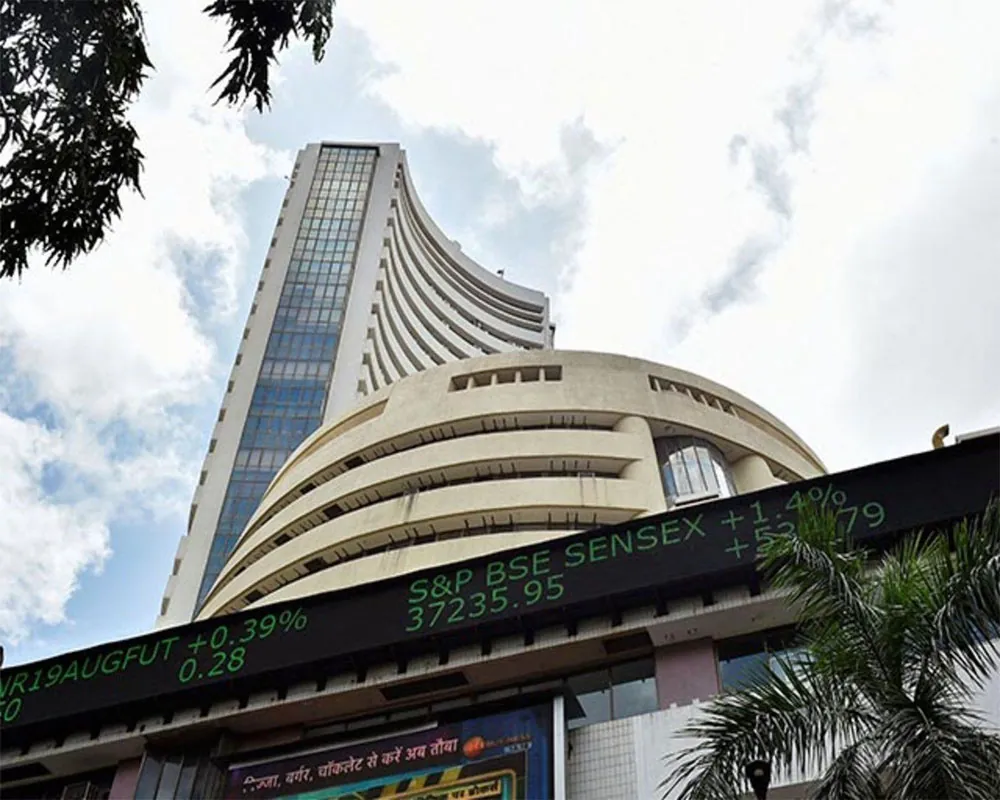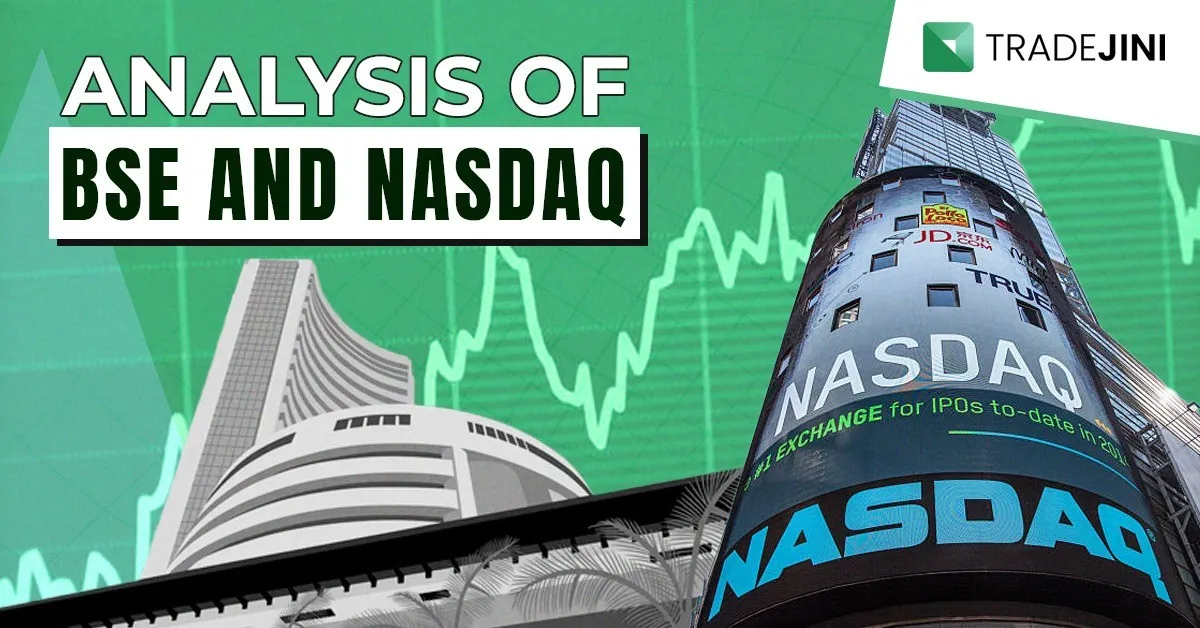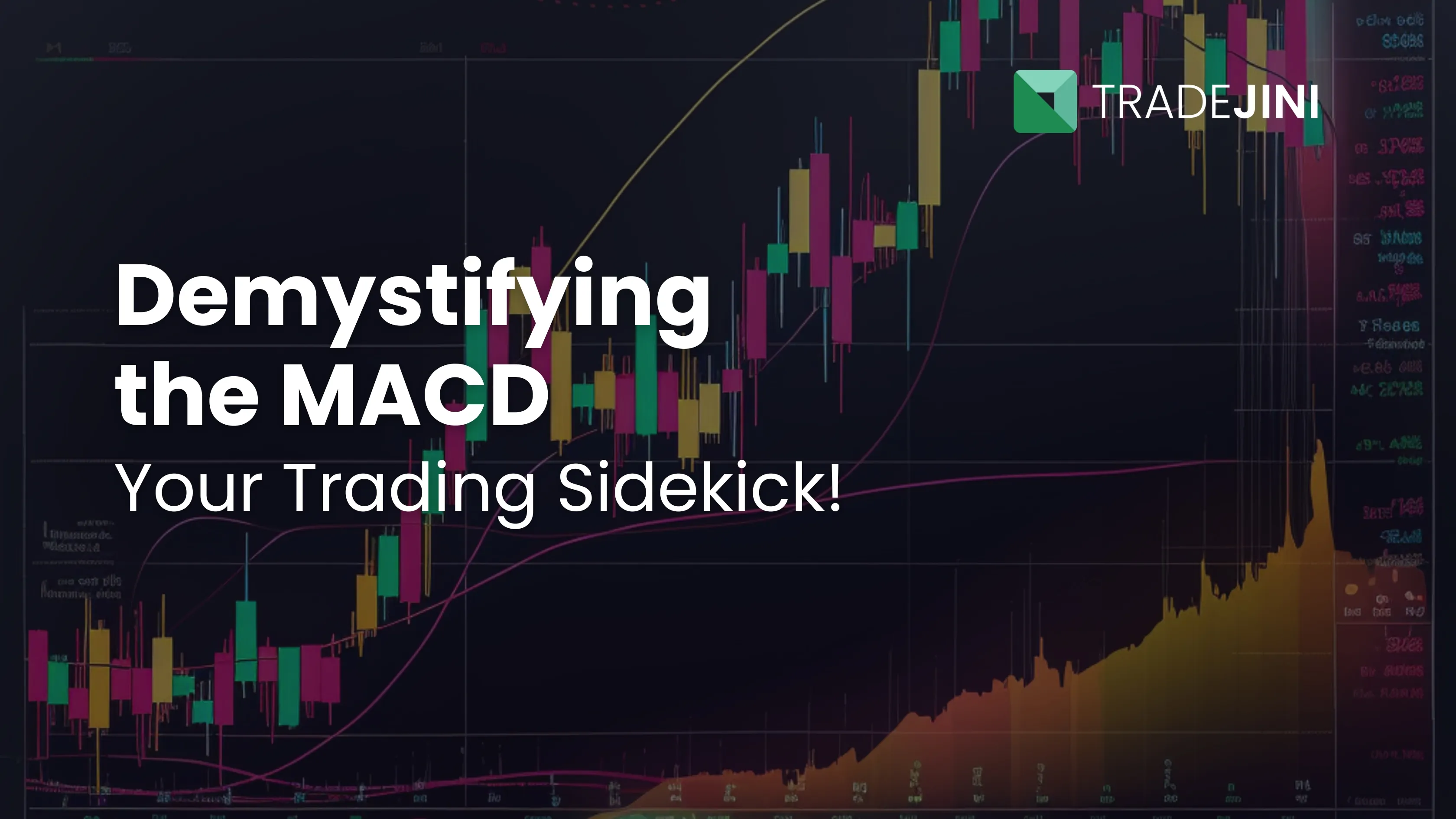Introduction:
Investing in listed securities is a popular avenue for investors worldwide, with stock exchanges serving as the epicenter of these financial activities. Among the plethora of global stock exchanges, the Bombay Stock Exchange (BSE) and the National Association of Securities Dealers Automated Quotations (NASDAQ) stand out as key players, each with its own unique characteristics and historical significance. This comprehensive guide aims to delve into the intricacies of these exchanges, shedding light on their origins, trading processes, and key differentiators.
The Bombay Stock Exchange (BSE):
Established in 1875 in Mumbai, the BSE holds the distinction of being the oldest stock exchange in India and Asia. Originally known as the Native Share & Stock Brokers’ Association, it officially became the BSE in 2017. Premchand Roychand, its founder, laid the foundation for what is now a cornerstone of India's financial landscape. BSE's flagship index, the S&P BSE SENSEX, is a widely tracked benchmark, representing the 30 most actively traded stocks across various sectors.
BSE's transition from open floor trading to electronic platforms in 1995 marked a pivotal moment, leading to an era of increased efficiency, faster execution, and minimal errors. The exchange boasts a remarkable trading speed of 6 microseconds, making it the fastest stock exchange globally. With over 5,500 listed companies, BSE has a market capitalization of approximately $3 trillion as of March 2023.

NASDAQ: Pioneering Electronic Trading in the US:
In contrast, the NASDAQ Stock Market, established in 1971, emerged as a trailblazer in American stock exchanges. Its acronym, NASDAQ, stands for the National Association of Securities Dealers Automated Quotations. Unlike BSE, NASDAQ facilitated the remote trading of securities, eliminating the need for in-person transactions. Noteworthy global giants such as Google parent Alphabet, Meta Platforms, Apple, Microsoft, Amazon, and Tesla are traded on NASDAQ.
With a trading technology adopted by over 100 stock exchanges in more than 50 countries, NASDAQ ranks as the leading exchange in the United States by trading volume. Since 2008, it has been an integral part of the S&P 500 Index. Key indices at NASDAQ include the NASDAQ Composite, tracking changes in over 3,000 stocks, and the NASDAQ 100, a capitalization-weighted index for the 100 most extensive stocks traded on the exchange.
Comparing BSE and NASDAQ:

Scope of Listed Companies:
BSE predominantly lists Indian companies, while NASDAQ boasts a diverse international portfolio. This distinction exposes BSE to the intensity of the Indian market, making it susceptible to significant fluctuations based on local events, whereas NASDAQ's global diversity offers a degree of insulation from regional shocks.
Volatility:
The volatility of the Indian market, reflected in BSE, contrasts with the relative stability of US markets, where NASDAQ operates. As a result, stocks trading on the NASDAQ are generally considered safer compared to those on the BSE.
Indices:
BSE features a range of indices, such as S&P BSE SENSEX, S&P BSE SmallCap, and S&P BSE MidCap. These serve as benchmarks for market performance and are closely monitored by investors. NASDAQ, on the other hand, relies heavily on the NASDAQ Composite index, reflecting the market capitalization of all common stocks listed on the exchange.
Regulatory Authority:
While BSE operates under the regulatory framework set by the Securities and Exchange Board of India (SEBI), NASDAQ, on the other hand, adheres to the regulations established by the Securities and Exchange Commission (SEC) in the United States. This underscores the divergent regulatory environments in which these exchanges function.

Trading Processes:
Both the BSE and NASDAQ employ electronic trading platforms that enable traders to execute transactions efficiently. While BSE historically utilized an open outcry system, the transition to electronic trading has enhanced accessibility and transaction speed. Although the open outcry system is no longer the primary method, some traders still utilize the trading floor.
Conclusion:
In conclusion, BSE and NASDAQ represent two formidable pillars of the global financial landscape, each with its own unique characteristics and contributions. BSE, as the oldest stock exchange in Asia, anchors the Indian market with its focus on local companies. In contrast, NASDAQ, a pioneer in electronic trading, transcends borders and stands as a symbol of global financial interconnectedness.
Investors navigating these exchanges must consider the distinct nuances shaping their dynamics. Whether it's the diverse scope of listed companies, the volatility of regional markets, or the regulatory frameworks guiding transactions, a nuanced understanding of BSE and NASDAQ is crucial for informed investment decisions. As both exchanges continue to evolve in response to global economic shifts, investors must remain vigilant, adapting their strategies to the ever-changing dynamics of the financial world.



